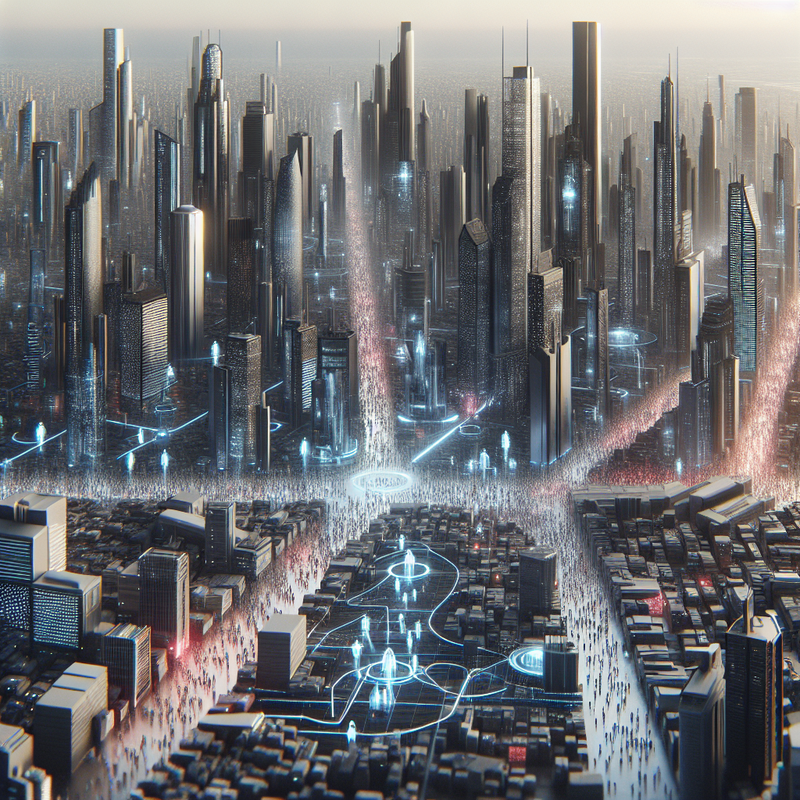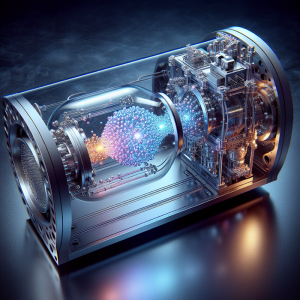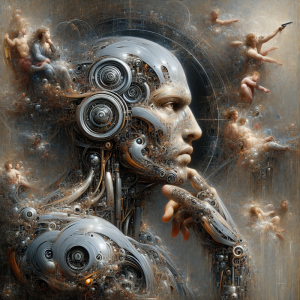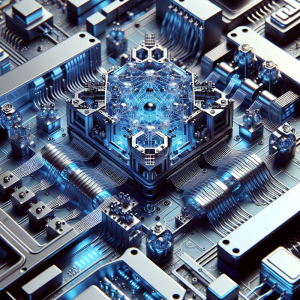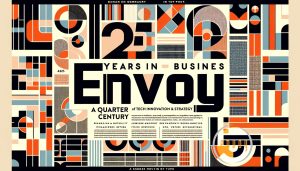A company situated in Rome, known as Translated, has pioneered a groundbreaking method for measuring the advancement towards the day when artificial intelligence (AI) might surpass human capabilities, leading to what is termed the technological singularity.
This development could potentially cause a significant and swift societal shift. Marco Trombetti, the CEO of Translated, believes that AI’s proficiency in translating languages is a pivotal indicator of nearing this technological threshold.
During a symposium held in Orlando, Florida, in December of the previous year, Trombetti expressed his insights
“Human language comes very naturally to us. Yet, the data amassed by Translated is an eye-opener—it reveals that machines are rapidly bridging the linguistic gap.”
The firm has monitored AI’s translation performance since 2014, deploying a unique gauge known as “Time to Edit” (TTE). This parameter measures how long human editors spend refining translations generated by AI in comparison to those done manually.
Surveying more than two billion post-edit instances over eight years, Translated has noted a consistent enhancement in their AI’s capabilities.
The TTE metric illuminated a decline from a 3.5-second editing time per word for machine translations in 2015 to a mere 2-second editing time per word in the present day. Should this trajectory persist, it’s anticipated that AI could rival human translation quality by the decade’s end or potentially earlier.
Darren Orf, an associate editor who examined these findings, remarked
“The iteration is so incremental it escapes daily notice. However, measured over years, it’s quite profound.”
Yet, even if AI achieves flawlessness in translating languages, this milestone shouldn’t be mistaken for the epitome of intelligence. Despite AI’s leaps in mimicking human verbal communication, the intrinsic complexities of intelligence continue to spark debate among specialists in the field. Orf underlined that while an AI’s capacity for accurate language translation may be groundbreaking for humankind, it doesn’t fully capture the expansive concept of technological singularity.
The discourse surrounding AI singularity embraces a spectrum of perspectives regarding its potential ramifications and the ethical considerations in its advancement.
For some, the progression metric developed by Translated is a cause for celebration of AI’s strides, while it also propels conversations on the essence of artificial general intelligence and the trajectory of future interactions between humans and AI.

